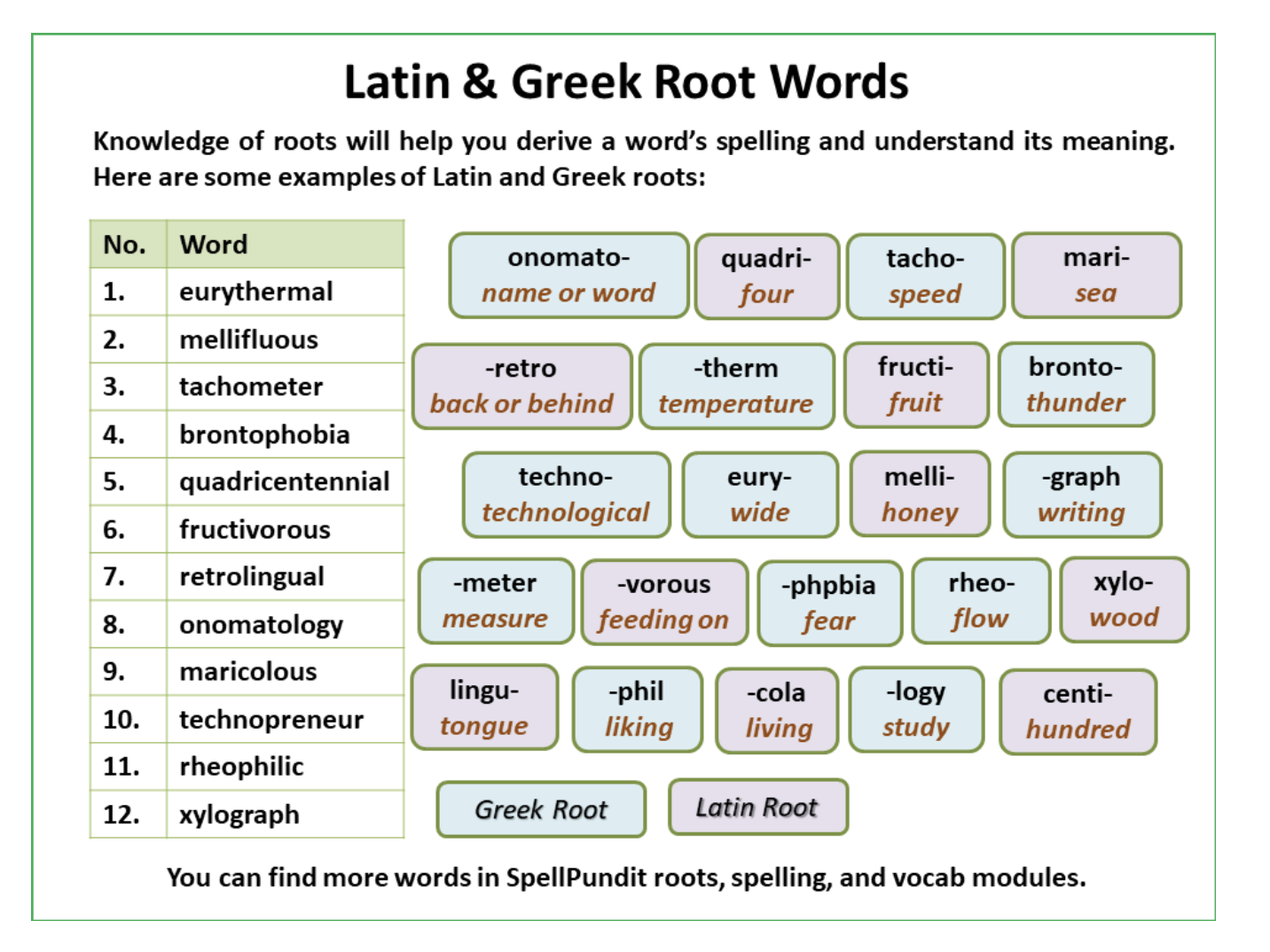Are you ready for a fun NEWSPAPER building challenge? Grab some newspaper and tape, and let’s get started! With just these two materials, you can create amazing structures.
Spark your thinking!
1. Set up your STEAM mini spark recording page: #60: Steam Challenge: Newspaper
2. Look over the three options for your STEAM challenge.
Challenge # 1: Build a freestanding tower with only 2 sheets of newspaper and 12 inches of tape. No wedging or taping to the table or floor! You can manipulate the newspaper in any way you wish.
Challenge #2: Using 10 sheets of newspaper and 18 inches of tape, build a tower that holds a textbook 6 inches above the table for at least 3 seconds. The tower must be free-standing, which means no taping or holding to the table.
Challenge #3: Use 3 large sheets of newspaper and 24 inches of tape to make a piece of clothing that you can wear.
3. Decide what challenge you are going to do and record in on your recording sheet. Record all of the materials you will need.
4. Make a sketch of what your structure will look like and any ideas that you have. Add a picture to your recording page.
3.Gather the materials you will need. Ask an adult to help you find a newspaper if necessary.
4. Take a picture of your supplies before you start. Add the picture to your recording sheet.
5. Take a picture of you final project at add it to your recording sheet. Write about what you did well on this challenge and where you can improve.
6. Share your STEAM mini spark recording page with your teacher/EY coordinator.
 Learn about the Amazon Rainforest and how the Wampís Nation has been protecting the forest and the largest river in the world.
Learn about the Amazon Rainforest and how the Wampís Nation has been protecting the forest and the largest river in the world.  Trees help clean the air. Trees produce the pure oxygen we breathe, and remove air pollution by lowering air temperature, through respiration and by retaining particulates, but can it be bad to plant a tree?
Trees help clean the air. Trees produce the pure oxygen we breathe, and remove air pollution by lowering air temperature, through respiration and by retaining particulates, but can it be bad to plant a tree? It is helpful to be able to recognize and understand adages and proverbs in the stories you are reading.
It is helpful to be able to recognize and understand adages and proverbs in the stories you are reading.



 Learning Greek and Latin roots can help your understand English better, improve your vocabulary, and learn how to read and spell new words.
Learning Greek and Latin roots can help your understand English better, improve your vocabulary, and learn how to read and spell new words. 4. Make flash cards for each of the pink and blue buttons. On one side put the root and the other side put the meaning. Study the cards. 5 times.
4. Make flash cards for each of the pink and blue buttons. On one side put the root and the other side put the meaning. Study the cards. 5 times. Constitution Day, which is celebrated every year on September 17th, commemorates the formation and signing of the U.S. Constitution on September 17, 1787.
Constitution Day, which is celebrated every year on September 17th, commemorates the formation and signing of the U.S. Constitution on September 17, 1787. 


